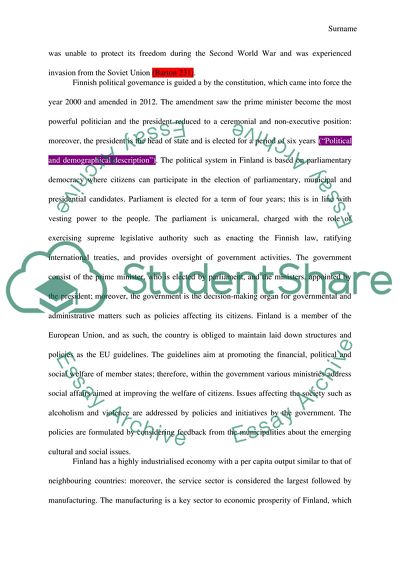Cite this document
(Origin, Economics and Political Governance in Finland Research Paper, n.d.)
Origin, Economics and Political Governance in Finland Research Paper. https://studentshare.org/geography/1793325-finland
Origin, Economics and Political Governance in Finland Research Paper. https://studentshare.org/geography/1793325-finland
(Origin, Economics and Political Governance in Finland Research Paper)
Origin, Economics and Political Governance in Finland Research Paper. https://studentshare.org/geography/1793325-finland.
Origin, Economics and Political Governance in Finland Research Paper. https://studentshare.org/geography/1793325-finland.
“Origin, Economics and Political Governance in Finland Research Paper”. https://studentshare.org/geography/1793325-finland.


